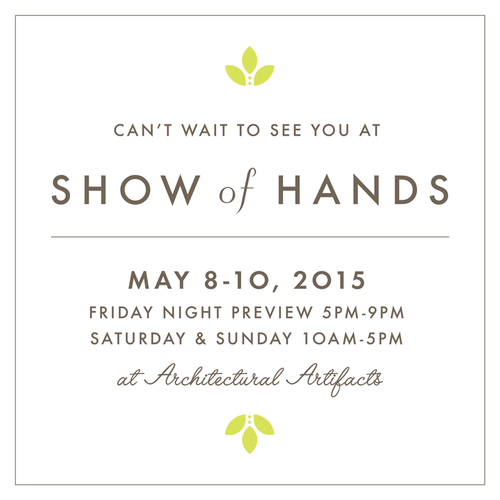
From Mother Nature Network’s Jenni Grover:
When I wrote about healthier ways to shop for groceries, I suggested that readers learn how to decipher a food label. It’s a crucial skill that can help you make better choices for you and your family. It is not, however, a silver bullet to healthy eating. In fact, one of the first things to look for on a product’s nutrition label is whether it has one at all. Many of the healthiest foods we can buy — fruits, vegetables and bulk whole grains — are not required to carry a nutrition label at all.
Jenni Grover suggests that although from time to time we will eat processed foods, it’s worth getting acquainted with the nutrition facts food labels we see, and to start using them as a tool to plan out a healthier food regime for ourselves and our families. Here are some things to look out for:
What to look for in a food label
Serving size: It doesn’t mean anything to understand the nutrient content per 100 grams unless you also understand the typical serving size of a particular food. That’s why the nutrients listed on a packet are the amounts indicated for the recommended serving size, not for the package. Serving size is also determined using guidelines for grownups, so if you’re deciphering a label for children, the serving size may be quite different.
Nutrients listed: Nutrition food labels list the total calories, calories from fat, total fat, saturated and trans-fat, cholesterol, sodium, total carbs, dietary fiber, sugars, protein, iron, vitamins A and C, and calcium.
Ingredients list: Ingredients are listed in order of weight. If sugar, for example, is the first ingredient, then there is more sugar in your food than any other single ingredient. It’s also worth noting that sugar and salt aren’t always called sugar and salt. Salt, for example, may be listed as sodium, rock salt, sea salt or monosodium glutamate (MSG). Sugars, on the other hand, can be called anything from fructose to sugar to malt extract or monosaccharides.
Percent daily value: Based on an ideal 2,000-calorie diet, this percentage tells you how much of the recommended daily amount of a given nutrient would be provided in a single serving. So, for example, a product might provide 10 percent of recommended daily fiber or 2.8 grams of fiber per serving. Because each individual’s nutrient requirements vary, I worry less about trying to reach exactly 100 percent — rather, I use the percent of daily value to compare foods side-by-side to see which one has more fiber, for example, or less salt or sugar. A food is considered to be high in a nutrient if it contains 20 percent or more of the Daily Value.
Practical tips for reading nutrition food labels
The theory is all well and good, but how do you use all this knowledge in the real world?
If you only do one thing with a nutrition label, please check the ingredients list. If the list is long, and made up mostly of things you don’t recognize (or cannot pronounce), I suggest you put it back on the shelf and find something less processed. If it’s mostly sugar, then I would also think twice about buying it. (At least not too often!) It is also worth spending time to understand the names of hidden foods like maltose and high fructose corn syrup, which are really just sugar, so you can avoid them too.
When a product contains vegetables, I check that the label lists some vitamin C and vitamin A.
When buying packaged foods, especially for kids, it’s also important to understand the health statements on the front of the box. Most of these health claims must meet strict government guidelines. For example, a product claiming to be “sugar free” must contain less than 0.5 grams of sugar per serving. “High fiber” foods most contain at least 5 grams of fiber per serving. Remember though, not all whole grains are created equal, and many labels about whole grain can be confusing or misleading. It’s also worth noting that even if a food is sugar-free, it may still be high in fat and calories.
Learning to understand food labels is not going to solve the challenges of healthy eating for you overnight, but it is a step in the right direction. The real answer to healthy eating is to ensure that you and your family are eating a diverse range of predominantly fresh, whole foods and, of course, lots of fruit and vegetables — in other words foods that rarely carry a nutrition label. But it’s unrealistic to assume that most American families are going to eschew processed and packaged foods entirely, so arming ourselves with the knowledge of what labels really mean should be a crucial tool for healthier, happier shopping and eating.
To read the full article from Jenni Grover click here.





















